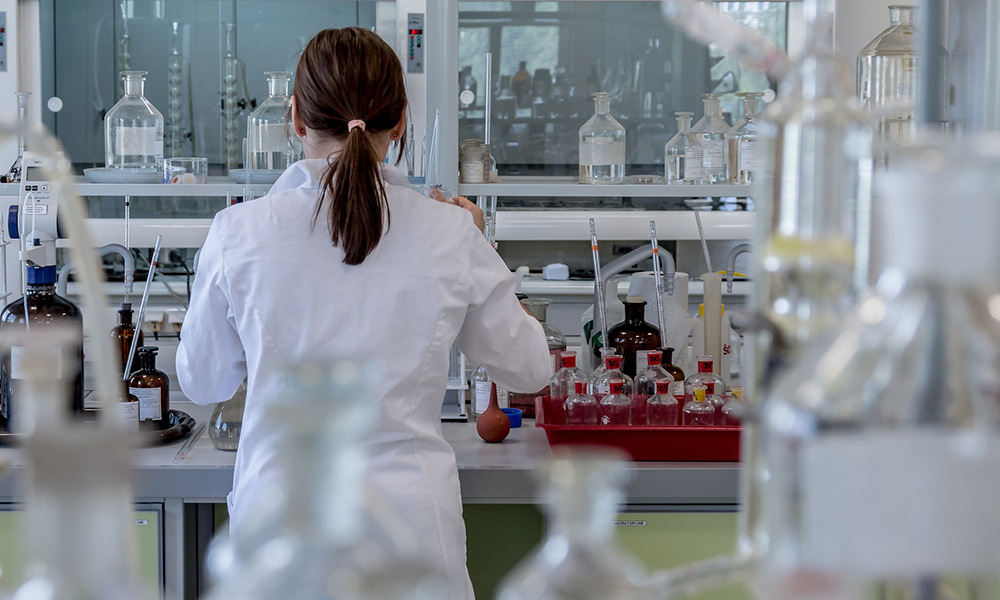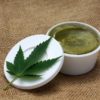
Medical
Synthetic Terpenes: Inside the New Industry Shortcut to Flavor
With the growing popularity of vape pens and concentrates, some vendors now add terpenes into products to recreate that “whole-flower feel.” These terps may come from plants other than cannabis — and some are even synthetic.
There is a growing understanding that the cannabis flower contains a bouquet of natural chemicals that act in combination to produce an altered state of consciousness unique to each strain, often called the “entourage effect.” In addition to cannabinoids, this chemical mix includes terpenes, the organic compounds that give each strain its unique aroma and flavor.
Terpenes are found in many plants, not just cannabis. Many of the same ones found in common herbs and flowers are also in cannabis buds. These include linalool, the chemical that makes lavender smell like lavender, and limonene, found in citrus fruits. Pinene is found in conifers, so it’s no surprise that it’s the key chemical in that Christmas tree smell so associated with this time of year. Caryophyllene is found in such herbs and spices as cloves, basil, oregano and rosemary, as well as hops and cannabis.
More than 100 terpenes have been identified in the cannabis plant. You appreciate them every time you put a bud to your nose to admire the smell before breaking it up and smoking it.
But experts now believe that terpenes contribute to the psychoactive aspect of the cannabis experience, as well as the strictly olfactory. For example, strains with limonene — such as Super Lemon Haze and OG Kush — will smell like lemons and citrus, but they also can help provide an uplifting and energetic high. According to the Berkeley, California-based Steep Hill Laboratory, limonene-heavy strains can also be helpful in assisting in the treatment of depression and anxiety.
The cannabis industry is currently witnessing a profusion of new products enhanced with terpenes. There are three classes of terpenes: cannabis-derived, plant-derived (meaning plants other than cannabis) and synthetic. Many of these terpene-enhanced products are flavored vape cartridges and CO2 oil. This is because the extraction process for making CO2 oil strips away many terpenes, so companies want to add back terpenes at the end to restore the flavor of the original strain. But where are those terpenes coming from?
What Are Synthetic Terpenes and How Are They Made?
While cannabis-derived terpenes occur naturally in the cannabis plant and plant-derived terpenes can be found in essential oils extracted from flowers and fruits, synthetic terpenes are not found in nature.
Synthetic terpenes are produced through chemical manipulation and blending in a laboratory. Concocting such synthetic analogs enables producers to design any desired terpene profile. But it is still early days for the synthetic terpene science, and there is an experimental aspect to this, with companies still seeking to develop a clearer sense of how terpenes interact with each other and the user to create an experience unique to each strain.
Ultimately, the responsibility currently lies with purchasers to be aware of where the terpenes in a product are coming from. Terpenes can be cannabis-derived, from other plant-based essential oils or created in a lab — so look out for packaging that makes it explicitly clear where those terpenes are sourced.
Quest for the ‘Whole-Flower Experience’
However, some consumers might be concerned with the safety of smoking synthetic terpenes. A recent study on e-cigarette juice from Harvard researchers, published in the Environmental Health Perspectives, found that the synthetic flavors in the nicotine vapes were converting to toxic compounds when heated.
Beyond safety concerns, synthetic terpenes also are not always able to capture the authentic flavors of cannabis. The Seattle-based Avitas Cannabis, which produces flavored vape cartridges with cannabis-derived terpenes, wrote on its blog that they believe something is lost when a chemical is isolated, and that it’s frequently expensive to obtain plant-derived terpenes.
“In a real berry, there are lots of other various molecules that add taste, aroma and experience,” Avitas wrote. “The aldehyde molecule that is used for synthetic raspberry flavor is only present at very low concentrations in a real berry, which is why we don’t extract or concentrate these flavors from real berries — it’s just too expensive.”
For those companies that are trying to recreate a strain profile using synthetic terpenes, they typically use a mass spectrometer to map a given strain’s terpene profile so it can then be mimicked synthetically. However, the science has a long way to go before it can really replicate the whole-flower experience — if it ever gets there at all.
TELL US, do you know where the terpenes in your vape cartridges come from?






















